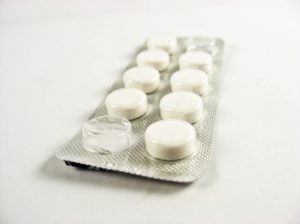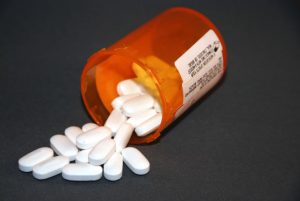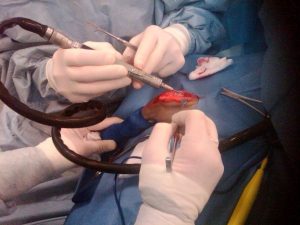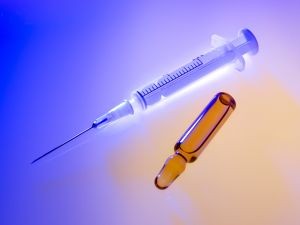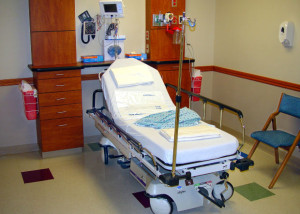In Applebaum v. Target Corp, plaintiff was injured while riding a bicycle she purchased at defendant’s big box retail store. She claimed the reason she was injured was because of a defective brake on the bike that was resold to her after another customer had returned the item. She claims the bike was returned to the store because of the defective brake, negligently repaired, and then resold to her, thus causing her to suffer a personal injury.
 According to court records from the U.S. Court of Appeals for the Sixth Circuit, this case deals with the issue of whether plaintiff was injured while riding her bicycle due to a defective bicycle or due to operator error. Continue reading
According to court records from the U.S. Court of Appeals for the Sixth Circuit, this case deals with the issue of whether plaintiff was injured while riding her bicycle due to a defective bicycle or due to operator error. Continue reading
 Product Liability Lawyer Blog
Product Liability Lawyer Blog




